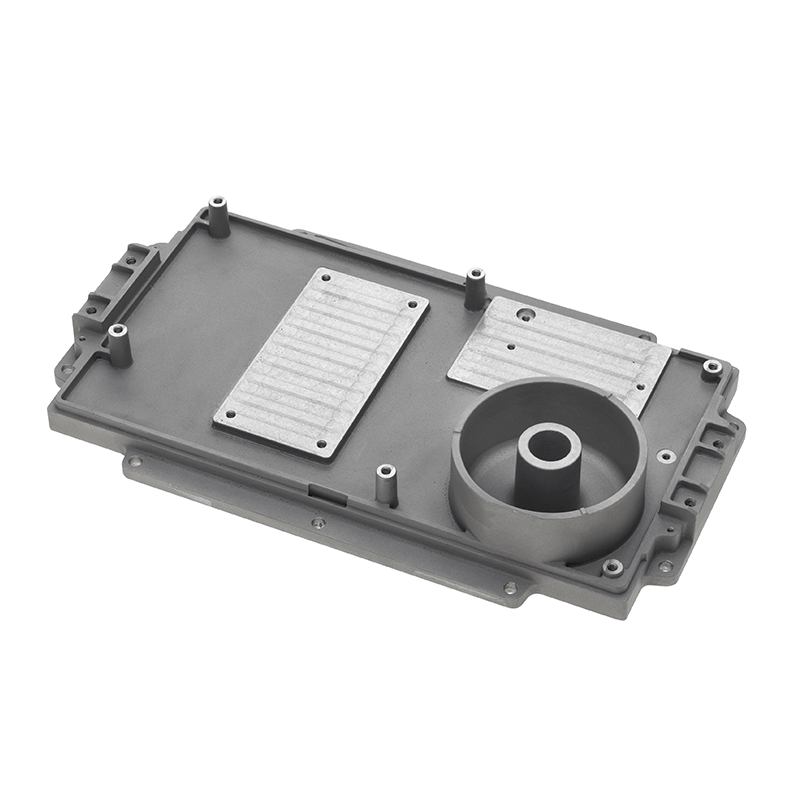With the development of 3D printing metal, more and more manufacturers have begun to use metal 3D printing to replace metal CNC processing, sheet metal and metal casting. Of course, this is only the preliminary proofing and customized production. From the current development trend, 3D printing has formed an effective combination with CNC processing and sheet metal manufacturing, making up for the defects of these two processes in terms of forming limitations. Next, 3D printing will introduce 3D printing metal materials to more and more processing prototypes. processing technology.

3D printed metal parts have the characteristics of being able to print special special - shaped structures , low cost per piece, no need for molds, and fast delivery. This is very suitable for pre-proofing and product verification.
A domestic car seat manufacturing company, at that time, they needed to make a set of newly designed seat prototypes within a week, but the matching molds were still in production. In addition, this set of seats consists of 78 pieces, with a thickness of 1.5 to 2.5 mm. Most parts have ribs and bumps. Therefore, CNC machining is also not suitable. So they adopted the 3D printing process,
In another use case, a machine builder wanted to produce a four-part silencer with a uniform thickness of 0.73 mm for the shell and 0.6 mm for the central structural area. The sheet metal structure of the four components is complex and cannot be fabricated by cutting and bending. Due to its thin wall thickness, it also cannot be manufactured by milling. So there are only two options, one is stamping and the other is 3D printing. Stamping has the advantages of high precision and high realization of design functions, but the mold production cycle is long and the cost is high. Metal 3D printing, on the other hand, can be delivered in just 3 days, and it can also fully realize the design function.